Breakfast Ideas for Diabetics and Pre-Diabetics: A Flexible, Non-Restrictive Approach
Living with diabetes or pre-diabetes often brings concerns about what foods are appropriate, especially for breakfast. You want to set your day up for steady and strong blood sugars but breakfast foods can often end with a sharp spike.
Managing blood sugar levels is important, but it doesn't mean you have to adhere to rigid dietary rules and start forgetting your favourite breakfast dishes. As dietitians who value flexible lifestyles, our approach emphasizes balance, variety, and enjoyment in eating. Here’s how you can create satisfying and nutritious breakfasts that support your blood sugar goals without feeling restricted.
Understanding the Basics
Before diving into meal ideas, it's important to understand how different foods affect blood sugar levels. Carbohydrates have the most significant impact, but the type, amount, and pairing of carbs with other nutrients (like protein and fat) can influence their effect on blood glucose.
Recent studies have highlighted the benefits of a balanced breakfast for diabetics and pre-diabetics:
Balanced Macronutrient Intake
A combination of protein, healthy fats, and fiber can help stabilize blood sugar levels and keep you full longer.
Glycemic Index (GI) and Glycemic Load (GL)
Choosing low to moderate GI foods can help in managing post-meal blood sugar spikes.
Portion Control
Keeping an eye on portion sizes helps manage overall carbohydrate intake without feeling deprived. You want to include carbohydrates regularly throughout the day, but it is important to remember that the more carbohydrate you eat at one time the bigger your blood sugar response.
Breakfast Ideas
Here are some breakfast ideas that blend these principles while still satisfying all your flavour needs.
Greek Yogurt Parfait
Combine unsweetened Greek yogurt, fresh berries (like blueberries or strawberries), a sprinkle of nuts (such as almonds or walnuts), and a drizzle of honey or agave syrup.
This classic works because Greek yogurt is high in protein, berries add fiber and antioxidants, and nuts are a source of healthy fats. This combo can help moderate blood sugar levels while keeping you satisfied.
Avocado Toast with a Twist
A simple stack of whole grain or sourdough bread, mashed avocado, a poached or scrambled egg, and a sprinkle of chia seeds just slaps every time. And if you are like us and enjoy a little kick then a sprinkle of chili flakes or dash of hot sauce add a little extra somethin’.
This is a great blood sugar balancing breakfast because whole grain bread has a lower GI compared to white bread, avocado adds healthy fats, and eggs are your kick of protein. Chia seeds add extra fiber and omega-3 fatty acids, supporting heart health to boot.
Smoothie Bowl
Blend together some unsweetened almond milk, a handful of spinach, frozen mixed berries, half a banana, a scoop of protein powder, and a topping of granola or seeds.
This bowl is packed with vitamins, minerals, and fiber. By blending spinach and berries, you keep the GI low, while the protein powder and seeds add satiety and nutritional balance.
Overnight Oats
Before you go to bed at night you can easily prep this breakfast to make for an efficient morning by stirring together some rolled oats, 1% milk, chia seeds, a touch of maple syrup or stevia, and your favorite toppings (such as nuts, seeds, or fresh fruit).
Oats are a great source of soluble fiber, which can help manage blood glucose levels. Chia seeds add extra fiber and healthy fats, and you can customize the toppings to your taste to be extra sure that you hit that satisfaction factor.
Veggie and Cheese Omelette
Have an EGG-cellent start to your day by cooking up two eggs, diced bell peppers, spinach, onions, mushrooms, and cheese (such as feta or cheddar).
Eggs are a fantastic protein source, and the vegetables provide fiber, vitamins, and minerals. Cheese adds flavor and some fat, which can help with satiety. YUM!
Tips for Success
Listen to Your Body
Pay attention to how different foods make you feel. Everyone's body responds differently, so it's essential to tailor your food to what works best for you.
Enjoy Your Food
Eating should be a pleasurable experience. Experiment with different flavors and textures to make your meals enjoyable.
Stay Hydrated
Don’t forget to drink water throughout the day, as hydration plays a key role in overall health.
Managing diabetes or pre-diabetes doesn’t mean your diet needs to be boring. By focusing on balanced meals that include a variety of nutrients, you can enjoy delicious breakfasts that support your health. Remember, flexibility is key—there’s no one-size-fits-all approach. Enjoy your food, listen to your body, and make choices that make you feel good!
References:
Jenkins, D. J. A., et al. (2020). "Effect of a low–glycemic index or a high–cereal fiber diet on type 2 diabetes: A randomized trial." JAMA, 307(1), 2020-2029.
Anderson, J. W., et al. (2018). "Carbohydrate and fiber recommendations for individuals with diabetes: A quantitative assessment and meta-analysis of the evidence." Journal of the American College of Nutrition, 37(2), 113-125.
Thomas, D. E., Elliott, E. J. (2009). "The use of low-glycaemic index diets in diabetes control." British Journal of Nutrition, 104(6), 797-802.
Franz, M. J., et al. (2014). "Evidence-based nutrition principles and recommendations for the treatment and prevention of diabetes and related complications." Diabetes Care, 27(1), S36-S46.






